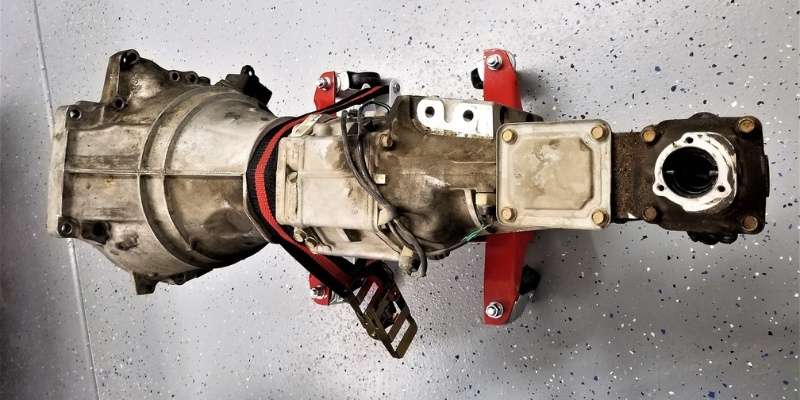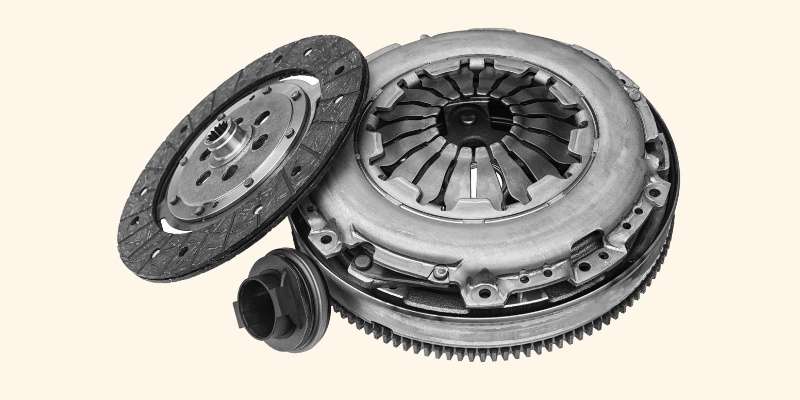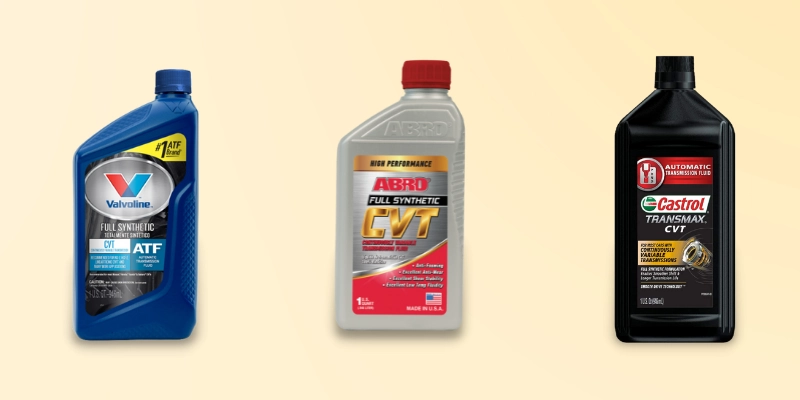In the world of automobiles, transmission slipping is a term that often raises concerns among vehicle owners.
It’s a problem that can affect both manual and automatic transmissions, leading to a less than optimal driving experience and, in severe cases, significant damage to your vehicle.
Understanding the symptoms of transmission slipping can help you identify the problem early and take necessary actions to prevent further issues.
Understanding Transmission Slipping
Transmission slipping is a situation where the gear of your vehicle changes without any input from you. In simpler terms, it’s when the transmission isn’t able to engage or stay engaged in a particular gear.
This can occur while you’re driving, causing the vehicle to shift unexpectedly, or it may prevent the vehicle from being able to shift into a certain gear at all.
There are several reasons why transmission slipping may occur. One of the most common causes is low transmission of fluid.
This fluid is essential for the proper functioning of your transmission, and when it’s low, it can lead to a variety of transmission problems, including slipping.
Another common cause is worn-out or broken transmission bands. These bands hold the gears in place, and when they’re not functioning properly, it can lead to the transmission slipping.
A third cause can be worn out or broken gear clutches.
In a manual transmission, the clutch engages and disengages the transmission gear from the engine, and in an automatic transmission, the clutches perform a similar function within the transmission itself.
If these clutches are worn out or broken, it can lead to the transmission slipping.
Lastly, a worn-out torque converter can also cause transmission slipping. The torque converter is a fluid coupling that transfers power from the engine to the transmission.
If it’s not working properly, it can cause a variety of problems, including high RPM, delayed acceleration, and transmission slipping.
Understanding these causes can help you better diagnose transmission problems and take the necessary steps to prevent transmission slipping.
Symptoms of Transmission Slipping
Recognizing the symptoms of transmission slipping is crucial to preventing further damage to your vehicle. Here are some of the most common signs that your transmission might be slipping:
1. Unusually High RPM (over 3,000)
One of the most noticeable symptoms of transmission slipping is an unusually high RPM (revolutions per minute).
If your vehicle’s RPM is consistently over 3,000, it could be a sign that your transmission is not properly engaging the engine, causing it to work harder and rev higher.
2. Delays in Acceleration
If you notice a delay between the moment you press the accelerator and the vehicle actually speeding up, this could be a sign of transmission slipping.
This delayed acceleration can be particularly dangerous when trying to merge onto a highway or pass another vehicle.
3. Inability to Reverse Vehicle
If your vehicle refuses to go in reverse, it’s a clear sign that your transmission is having issues. This could be due to a problem with the reverse gear, which is often a symptom of transmission slipping.
4. Difficulty Switching Gears
If you’re having trouble switching gears, or if the vehicle is not staying in the gear you’ve selected, this could be a sign of transmission slipping.
This is often accompanied by a grinding or shaking sensation when trying to change gears.
5. Strange Noises When Performing a Gear Change
If you hear strange noises when changing gears, such as grinding, whining, or clunking, it could be a sign that your transmission is slipping. These noises are often due to the transmission not properly engaging the gears.
6. Burnt or Unusual Smells
Transmission fluid has a distinct smell, and if it’s burning, you’ll likely notice a strong, unpleasant odor. This could be a sign that your transmission is overheating, which can lead to slipping.
7. Check Engine Light is On
While the check engine light can come on for a variety of reasons, it’s often a sign of transmission problems.
If your check engine light is on and you’re experiencing any of the above symptoms, it’s likely that your transmission is slipping.
8. Vehicle Feels Sluggish
If your vehicle feels sluggish or unresponsive, it could be a sign that your transmission is not properly engaging the engine. This can lead to a lack of power and a decrease in fuel efficiency.
9. Sudden and Unexpected Gear Shifts
If your vehicle suddenly and unexpectedly shifts gears while you’re driving, it’s a clear sign of transmission slipping. This can be particularly dangerous, as it can cause you to lose control of your vehicle.
10. Car Going to Neutral
If your car goes into neutral without you shifting it, it’s a clear sign of the transmission slipping. This can occur while you’re driving or when you’re stopped at a light or stop sign.
Recognizing these symptoms early and seeking professional help can prevent further damage and costly repairs.
Remember, transmission slipping is not just an inconvenience; it’s a serious issue that needs immediate attention.
Causes of Transmission Slipping
Understanding the causes of transmission slipping can help you prevent this issue and maintain the health of your vehicle. Here are some common causes:
- Low Transmission Fluid: This is the most common cause of transmission slipping. The transmission fluid lubricates the moving parts and helps keep the transmission cool. If the fluid level is low, it can lead to overheating and slipping.
- Worn Out or Broken Transmission Bands: Transmission bands help keep the gears in place when they’re not in use. If these bands are worn out or broken, the gears can slip out of place, causing the transmission to slip.
- Worn Out or Broken Gear Clutches: In both manual and automatic transmissions, the clutches play a crucial role in engaging and disengaging the gears. If these clutches are worn out or broken, it can lead to transmission slipping.
- Worn Out Torque Converter: The torque converter transfers power from the engine to the transmission. If it’s worn out or not functioning properly, it can cause a variety of problems, including transmission slipping.
How to Fix Transmission Slipping
If you’re experiencing transmission slipping, it’s important to address the issue as soon as possible to prevent further damage. Here are some solutions and preventive measures:
- Check and Replace Transmission Fluid: Regularly check your transmission fluid level and condition. If it’s low, top it up. If it’s dirty or smells burnt, it’s time to change it.
- Replace Worn Out or Broken Parts: If the transmission bands, clutches, or torque converter are worn out or broken, they’ll need to be replaced. This is a job for a professional mechanic.
- Regular Maintenance: Regular maintenance is key to preventing transmission slipping. This includes regular checks and changes of transmission fluid and regular inspections of the transmission parts.
- Avoid Strain on the Transmission: Avoid practices that strain the transmission, such as towing heavy loads, rapid acceleration, or driving at high speeds for extended periods.
- Seek Professional Help: If you’re experiencing transmission slipping, it’s important to seek professional help. A professional mechanic can diagnose the problem and recommend the best course of action.
Remember, the key to preventing transmission slipping is regular maintenance and prompt attention to any issues. By taking care of your transmission, you can ensure a smoother and safer ride.
FAQs
What does a transmission slipping feel like?
How do you fix transmission slipping?
Is it safe to drive with a slipping transmission?
Is it expensive to fix a slipping transmission?
Final words
Transmission slipping is a serious issue that requires immediate attention. Recognizing the symptoms early on, such as unusually high RPMs, delayed acceleration, and difficulty switching gears, can help prevent further damage to your vehicle.
Regular maintenance, including checking and replacing transmission fluid and avoiding strain on the transmission, can help prevent transmission slipping.
If you experience any signs of transmission slipping, it’s important to seek professional help to diagnose and fix the problem. Remember, a well-maintained transmission is key to a smooth and safe ride.
Resources:





